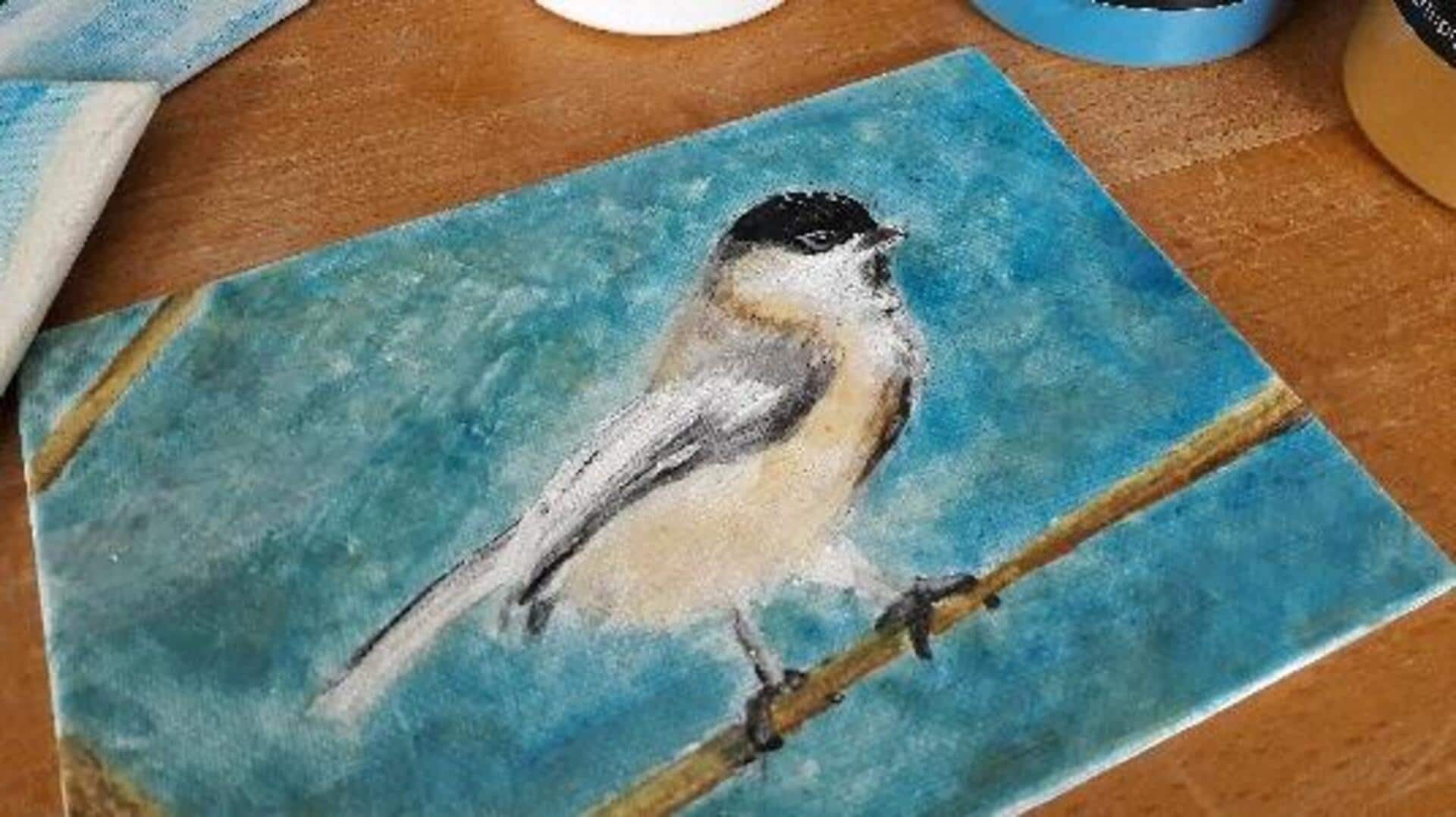
Try this painting technique if you haven't already!
What's the story
Egg tempera painting is a technique that actually predates oil painting, making it one of the most ancient methods employed by artists.
By mixing pigment with egg yolk, artists can create a fast-drying and extremely durable medium.
Egg tempera is known for its luminosity and ability to capture fine detail, making it a go-to choice for artists seeking precision and longevity.
Origins
The history and revival of egg tempera
Egg tempera was the major painting medium until the 15th century when it was supplanted by oil painting.
It was utilized by ancient Egyptians, Greeks, and Romans, proving its longevity with vibrant, centuries-old artworks that have withstood the test of time.
Lately, traditional techniques are witnessing a renaissance, and egg tempera is at the forefront of this revival, thanks to its distinctive characteristics.
DIY mix
Preparing your own egg tempera paint
Making your own egg tempera paint is easier than you might imagine. All you need are three ingredients: egg yolk, water, and powdered pigment.
The general ratio is one part egg yolk to one part water. Then, you add pigment until you achieve the desired consistency.
This method gives artists the freedom to adjust pigmentation levels, providing control over the opacity and transparency of colors.
Brushwork
Techniques and applications
The use of egg tempera necessitates particular techniques because of its rapid drying time.
Artists carefully apply thin layers with delicate brushes, frequently using cross-hatching strokes, to gradually construct color depth and intricate details.
In contrast to oil paints, which allow for blending and adjustments directly on the canvas even after application, egg tempera calls for immediate accuracy with each brushstroke.
Longevity
Preservation tips for egg tempera artworks
To preserve the beauty of egg tempera art for generations, it's essential to shield it from direct sunlight and changes in humidity, which can lead to cracking or fading.
Framing under UV-protected glass and maintaining a stable environment away from extreme temperature fluctuations are advisable.
This way, the vibrancy and integrity of the paintings can be enjoyed by future generations.